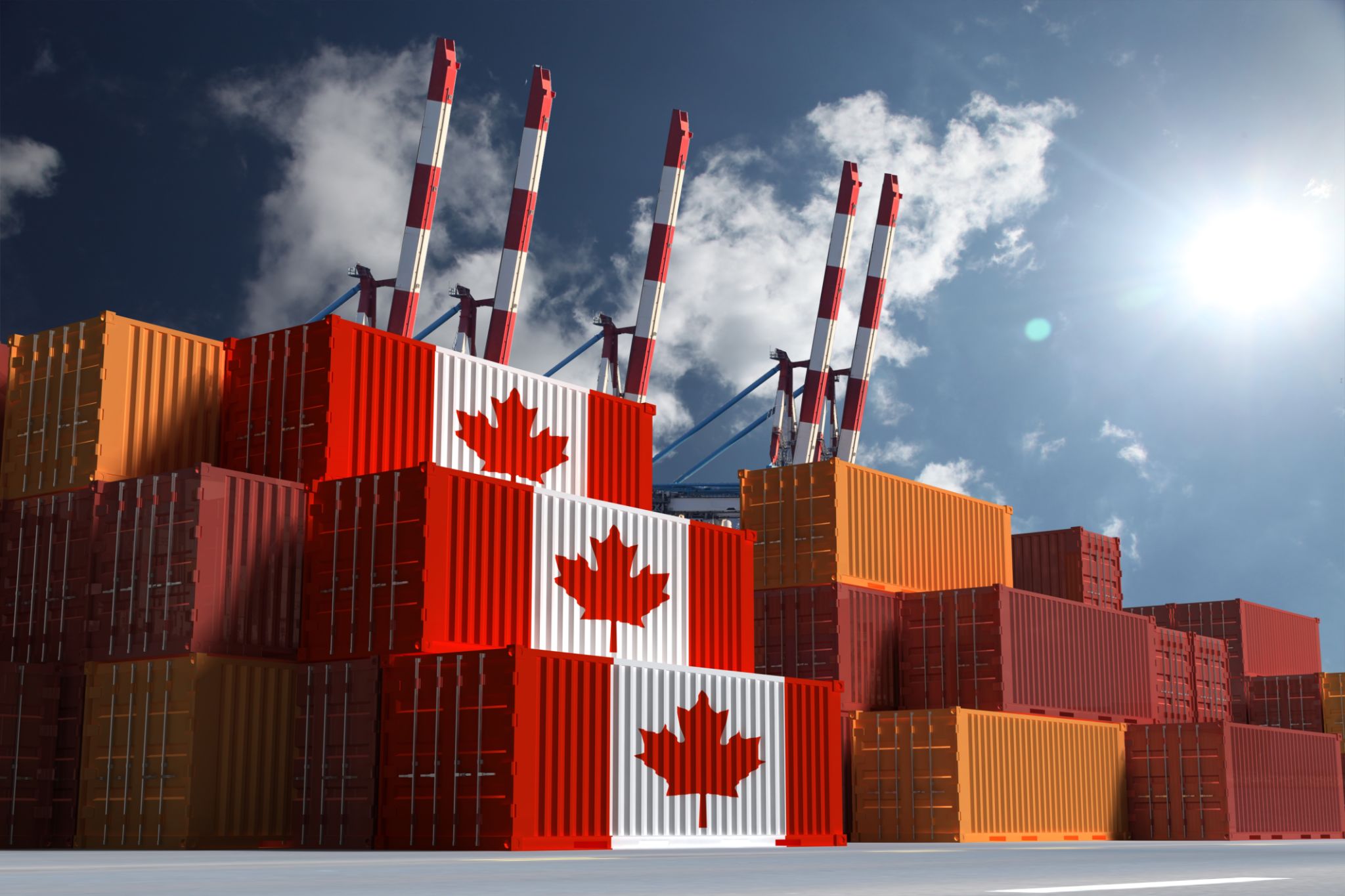The Role of AI in Cross-Border Logistics Optimization
Introduction to AI in Cross-Border Logistics
In today's globalized economy, cross-border logistics plays a crucial role in ensuring the smooth transit of goods across international borders. As businesses expand globally, the complexities involved in logistics increase exponentially. This is where Artificial Intelligence (AI) steps in, revolutionizing the way we approach logistics optimization.

Understanding the Challenges in Cross-Border Logistics
Cross-border logistics involves a myriad of challenges including diverse regulations, customs clearance, language barriers, and fluctuating tariffs. These factors can lead to delays, increased costs, and inefficiencies. Traditional logistics models often struggle to adapt quickly to these ever-changing dynamics.
AI, with its ability to process vast amounts of data and learn from it, offers a promising solution. By analyzing historical data and identifying patterns, AI can predict potential disruptions and optimize routes and delivery schedules accordingly.
How AI Enhances Route Optimization
One of the key applications of AI in cross-border logistics is route optimization. AI algorithms can analyze a multitude of factors including traffic conditions, weather forecasts, and geopolitical events to determine the most efficient routes. This not only reduces transit time but also minimizes fuel consumption and costs.

Moreover, AI-driven systems can dynamically adjust routes in real-time based on unforeseen events, ensuring that goods reach their destination without unnecessary delays. This flexibility is crucial for businesses looking to maintain a competitive edge in the global market.
Improving Customs Compliance with AI
Navigating through different customs regulations is a significant hurdle in cross-border logistics. AI can streamline this process by automating documentation and ensuring compliance with various regulatory requirements. Machine learning algorithms can quickly adapt to changes in customs laws, reducing the risk of non-compliance and associated penalties.
AI systems also facilitate better communication with customs authorities by translating documentation into the required languages and formats, further enhancing the efficiency of cross-border operations.

Enhancing Supply Chain Visibility
Supply chain visibility is essential for effective cross-border logistics management. AI technologies provide real-time tracking of shipments, offering unprecedented transparency into the supply chain. This allows businesses to proactively address any issues that may arise during transit.
With AI-powered analytics, companies can gain insights into their supply chain performance, identify bottlenecks, and implement strategic improvements. This leads to enhanced customer satisfaction as businesses can provide accurate delivery timelines and updates.
The Future of AI in Cross-Border Logistics
The role of AI in cross-border logistics is set to grow even further as technology continues to advance. The integration of AI with other technologies such as Internet of Things (IoT) and blockchain is expected to bring about even greater efficiencies and security in logistics operations.

As businesses continue to explore new markets, the adoption of AI-driven logistics solutions will become increasingly crucial. By embracing these technologies, companies can ensure they remain agile and responsive to the demands of a rapidly changing global landscape.
In conclusion, AI is not just a tool for optimization but a transformative force that is reshaping the entire logistics industry. As we move forward, those who leverage AI effectively will undoubtedly set themselves apart in the competitive world of cross-border trade.
